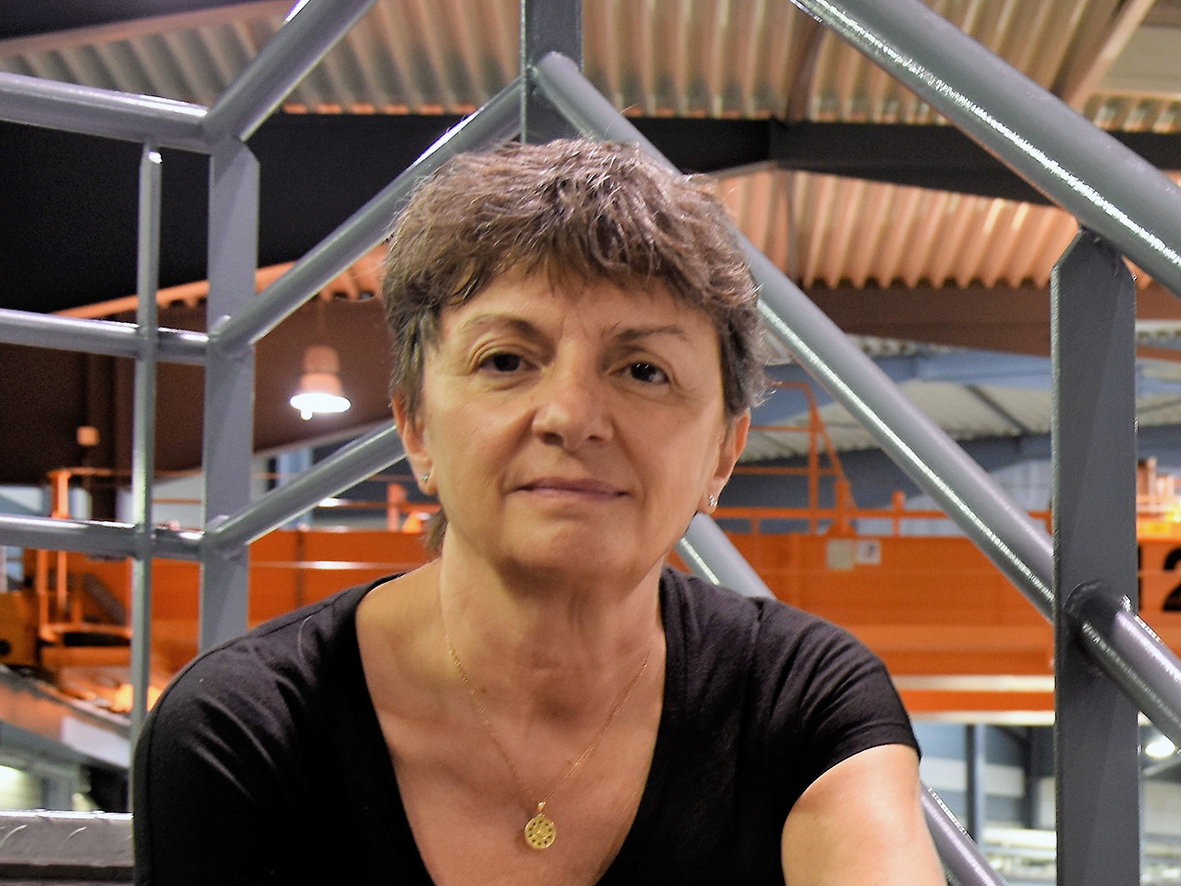
In 2012, at the head of the largest and most innovative scientific infrastructure on the Iberian peninsula, was appointed an excellent Italian physicist. Technology Director of the INFN Frascati National Laboratories, a graduate in physics from the Complutense University of Madrid, Caterina Biscari was born in Italy, in Modica and returned to Italy after her studies to start her scientific career. The laboratory she has been managing for 7 years is the ALBA Synchrotron, to be found in the scientific park of Cerdanyola del Vallès, 15 kilometres away from Barcelona: a laboratory with a strong international vocation, dedicated to basic research and its application in fields ranging from technological innovation to medicine. An internationally recognised expert in particle accelerators for scientific research and medical applications, Caterina Biscari has also worked at CERN in Geneva and at the CNAO in Pavia, the National Centre for Oncological Hadrotherapy, whose accelerator was implemented with the fundamental contribution of INFN and its researchers, before moving on to manage the ALBA Synchrotron. She is a Fellow of the European Physical Society, member of several committees including the Scientific Policy Committee of CERN, the Scientific Advisory Committee of KEK and the PSI Advisory Board. In 2013 she was awarded the official honour of the Order of the Star by the President of the Italian Republic for her role in developing collaborations between Italy and other countries. We asked her to tell us how things are going and how she sees the future of her laboratory.
First of all, I would like to know how it came about: from research in Italy to managing the most prestigious scientific laboratory in Spain. It doesn't seem like a career step for everyone.
As in all steps in life there is always a combination of personal initiative and opportunity that arrive at the right time. During my scientific career, I have always maintained an interest in projects that were proposed in Spain based on particle accelerators. In 2012, at ALBA, they opened the position of facility manager with an international competition, in which I successfully participated. So I was appointed ...
On 10 June, the Italian President Sergio Mattarella visited CERN. President Mattarella was welcomed by the CERN General Director, the Italian Fabiola Gianotti, the INFN President Fernando Ferroni and the Italian delegation, which included, among others, the INFN Executive Board, the Nobel Prize winner Carlo Rubbia and Professor Antonino Zichichi, President of the Tera Ugo Amaldi Foundation. At the end of the underground visit, President Mattarella met the Italians working at CERN at the Globe. Of the more than twelve thousand people who animate CERN, ...
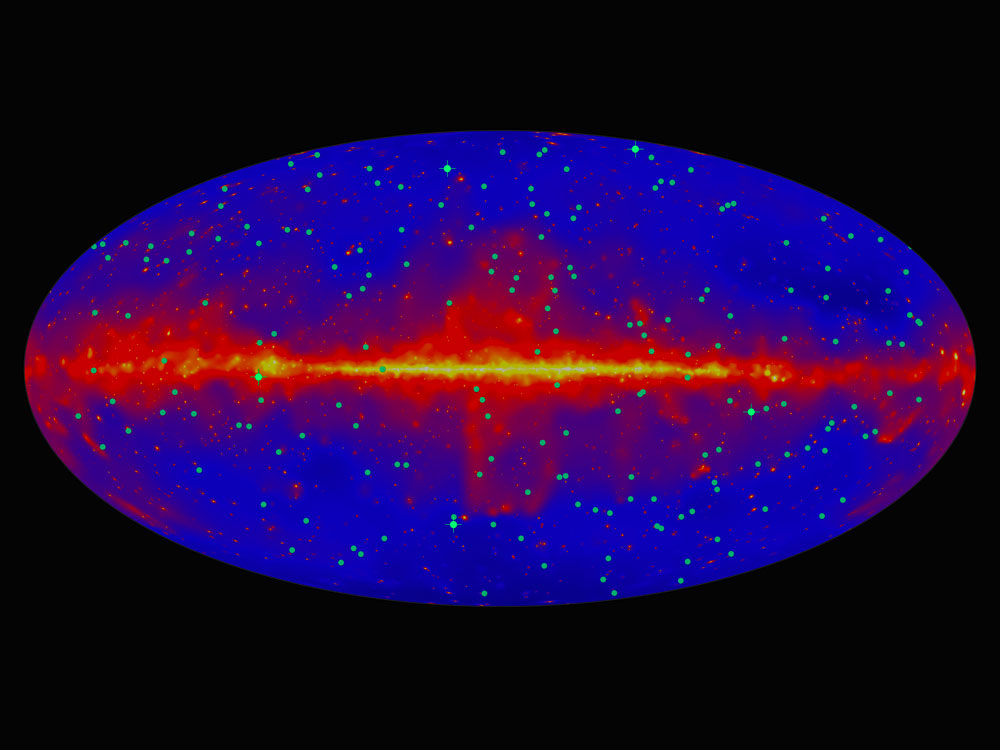
186 high energy gamma ray bursts recorded by the Fermi satellite telescope for gamma rays in ten years of observation: these are the protagonists of “The Second GRB Catalog", published on 13 June in The Astrophysical Journal. These Gamma Ray Bursts (GRBs) were detected by the Large Area Telescope (LAT), a Fermi instrument designed ...
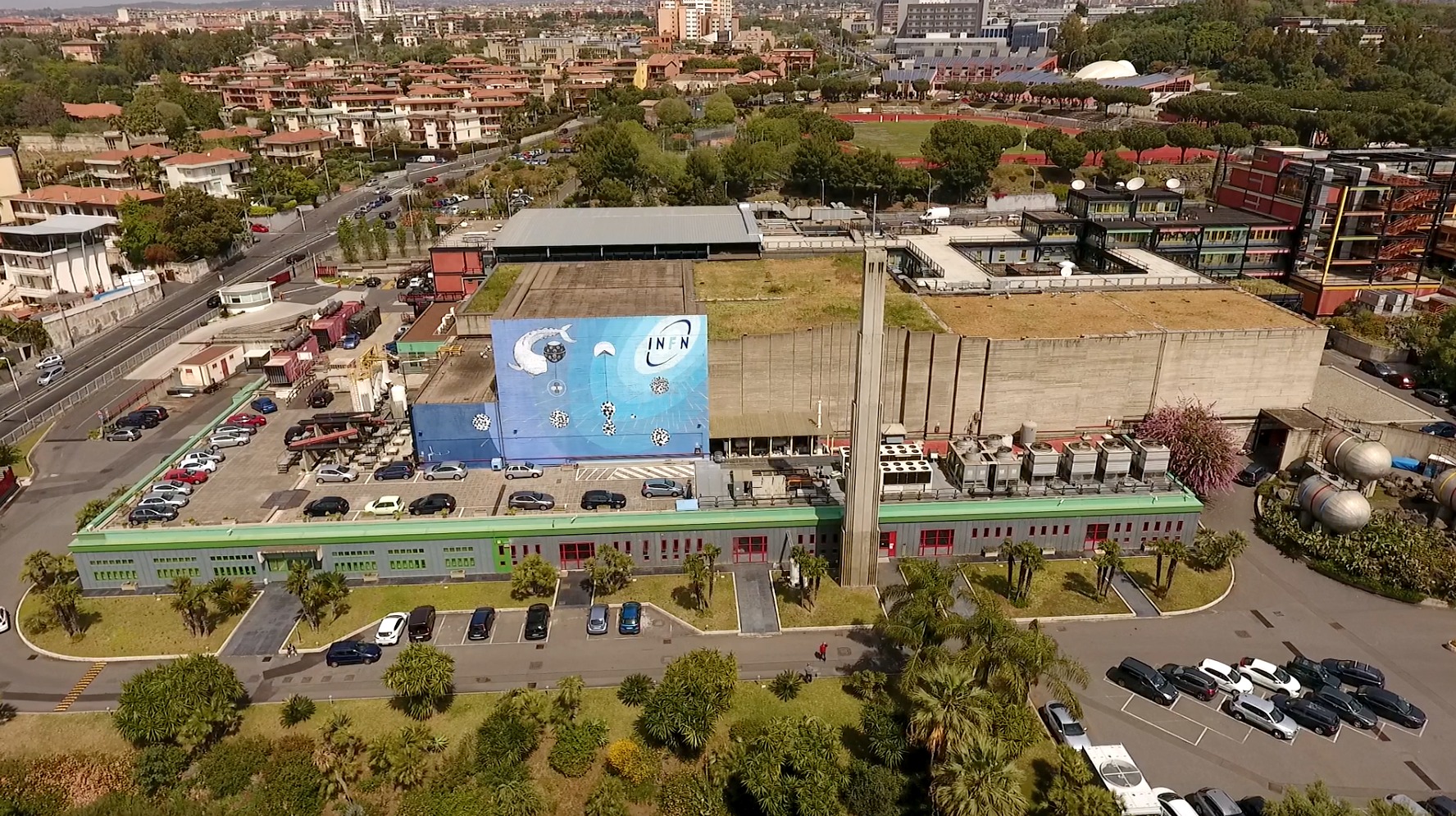
Standardising the management of radioactive waste, starting from its non-destructive characterisation to transport, storage and real-time monitoring. This is the goal of the MICADO (Measurement and Instrumentation for Cleaning And Decommissioning Operations) Project, launched on 3 June, thanks to Euratom funding, and to the synergy among 8 European partners with solid experience in the field of radioactive waste, nuclear techniques, electronics and information technology. ...
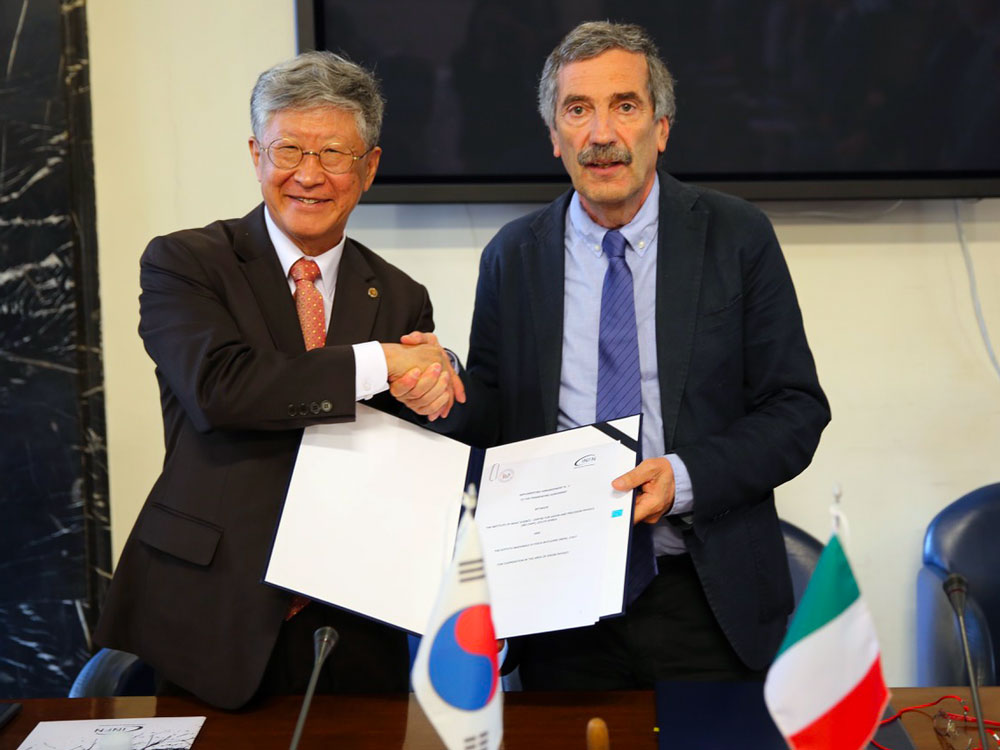
Synergy on technologies and training of the new generations of physicists are the issues at the centre of the recent framework agreement signed between the INFN and the South Korean IBS Institute for Basic Science. The discussion on technologies developed for research on dark matter and neutrinoless double beta decay, the development of the new generation of radioactive beams and the opportunity for young researchers ...
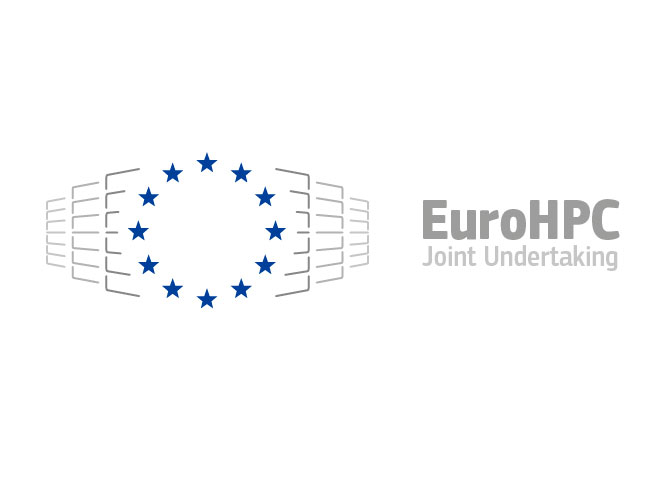 SUPERCOMPUTING: ITALY SELECTED AS ONE OF THE COUNTRIES THAT WILL HOST THE PRE-EXASCALE SUPERCOMPUTER
SUPERCOMPUTING: ITALY SELECTED AS ONE OF THE COUNTRIES THAT WILL HOST THE PRE-EXASCALE SUPERCOMPUTER
Italy will host one of the supercomputers that will build up the European network for supercomputing, a strategic European digital infrastructure in which Europe has invested a total of approx. 900 million euros. The EURO-HPC (European High Performance Computing) project envisages the commissioning, in the coming years, of pre-exascale class computers, i.e. machines with very high computing capacity, at three major European supercomputing centres: one in Italy, based in Bologna, one in Finland in Kajaani, and one in Spain, in Barcelona. The project also involves the construction of four peta-scale computers that will be hosted by Bulgaria, in Sofia, the Czech Republic, in Ostrava, Luxembourg, in Bissen, Portugal, in Minho, and Slovenia, in Maribor. All the centres will be interconnected with the European Géant network and, in Italy, the Bologna node will be connected with a double 100 Gbps connection with the GARR network. 50% of the computing power generated by each machine will be available to research institutes, universities, but also companies, in the host country; the remaining part, on the other hand, will be used by the countries participating in the project. The European supercomputing network will support European researchers, industry and companies in the development of new applications in a wide range of sectors, from research in physics and astrophysics to the design of medicines and new materials, from the fight against climate change to non-destructive field surveys, artificial intelligence and cyber security. ...
INFN - COMMUNICATIONS OFFICE
comunicazione@presid.infn.it
+39 06 6868162
Coordination:
Francesca Scianitti
Project and contents:
Eleonora Cossi, Francesca Mazzotta, Francesca Scianitti, Antonella Varaschin
Graphic design:
Francesca Cuicchio
Translation
ALLtrad
ICT service:
Servizio Infrastrutture e Servizi Informatici Nazionali INFN